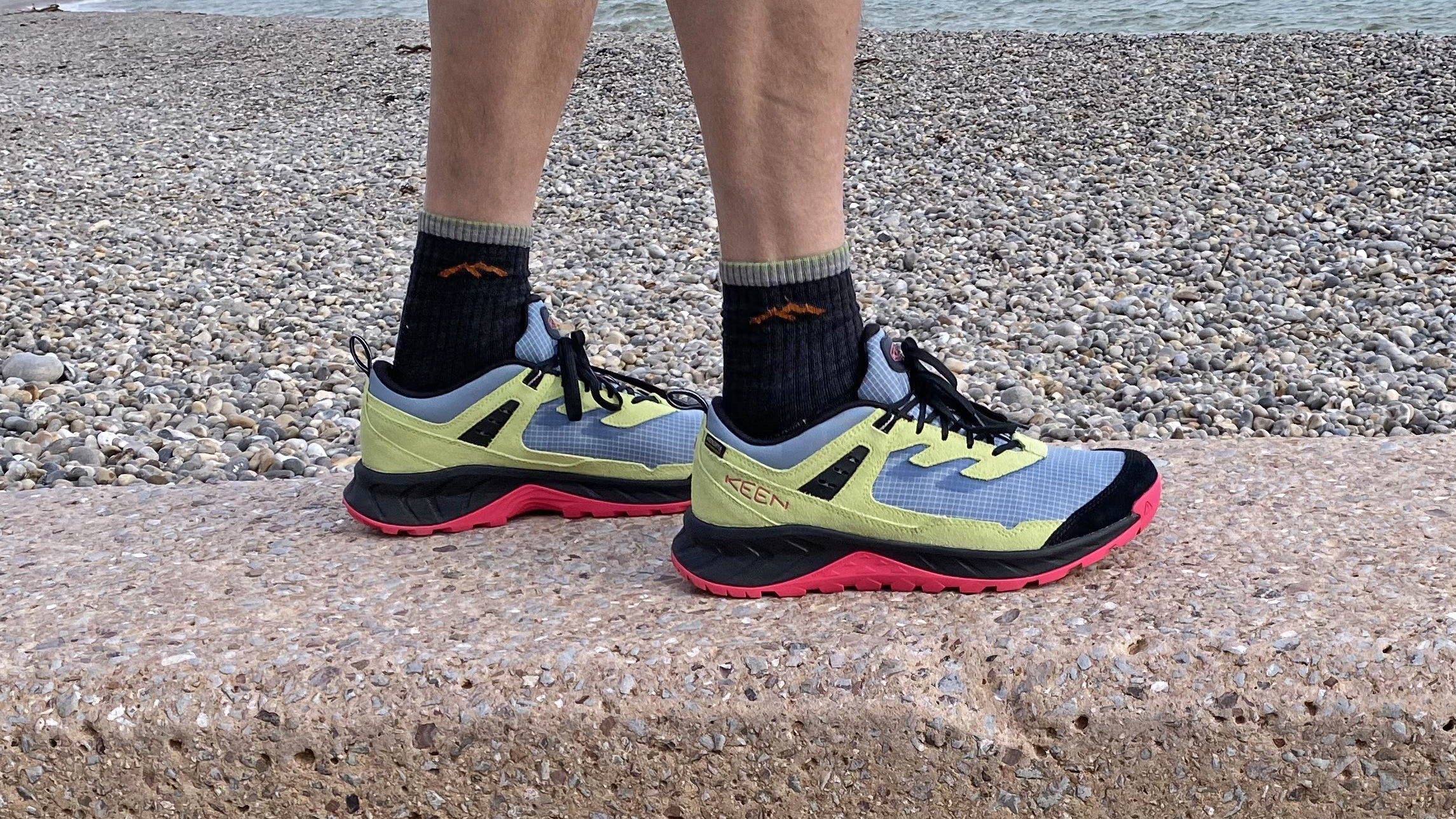Active
The latest Active breaking news, comment, reviews and features from the experts at T3
Explore Active
-
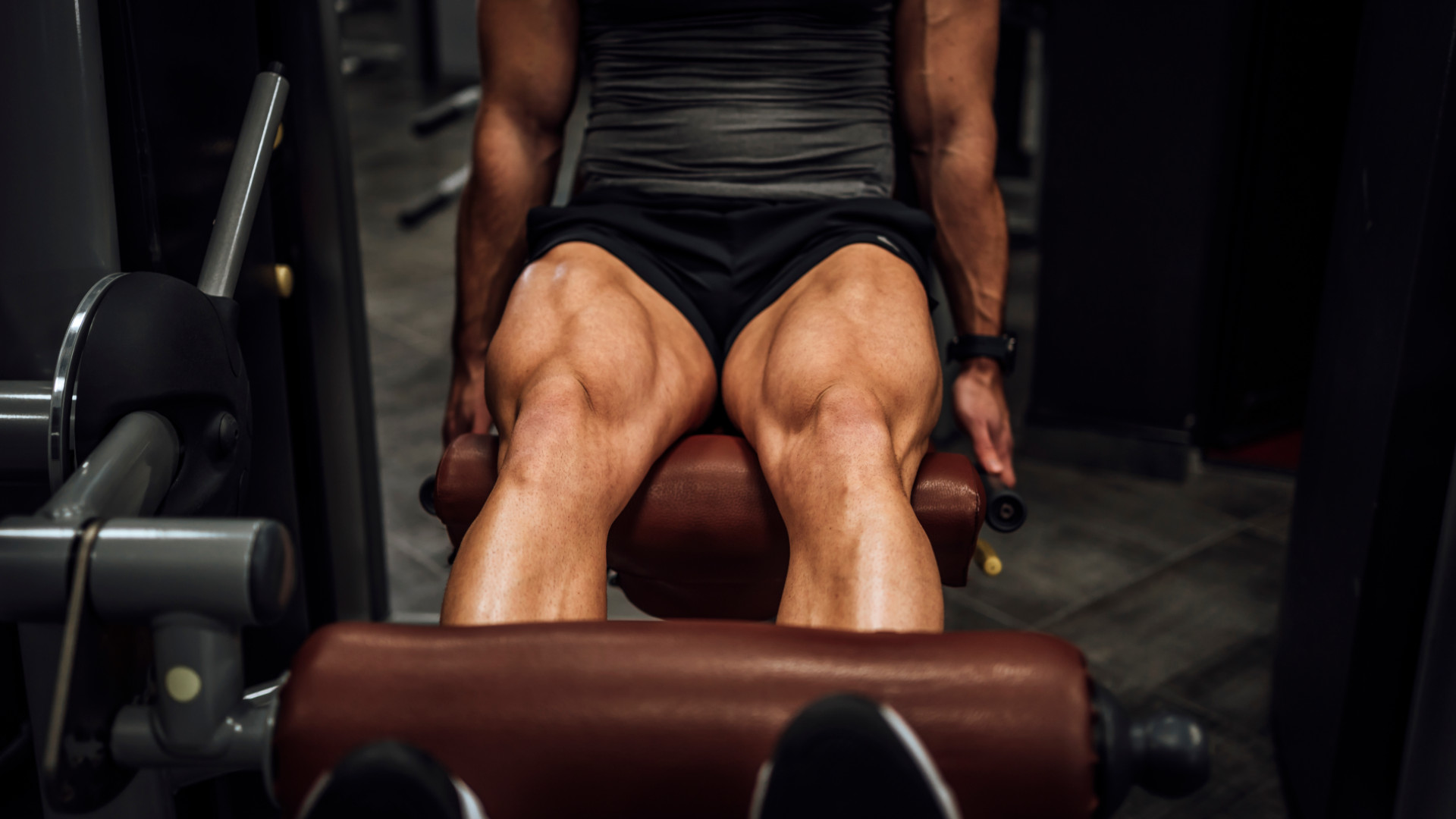
Five must-do quad exercises for stronger, muscular legs
Add these to your workout if you want to take your quads from pins to powerhouses
By Bryony Firth-Bernard Published
-
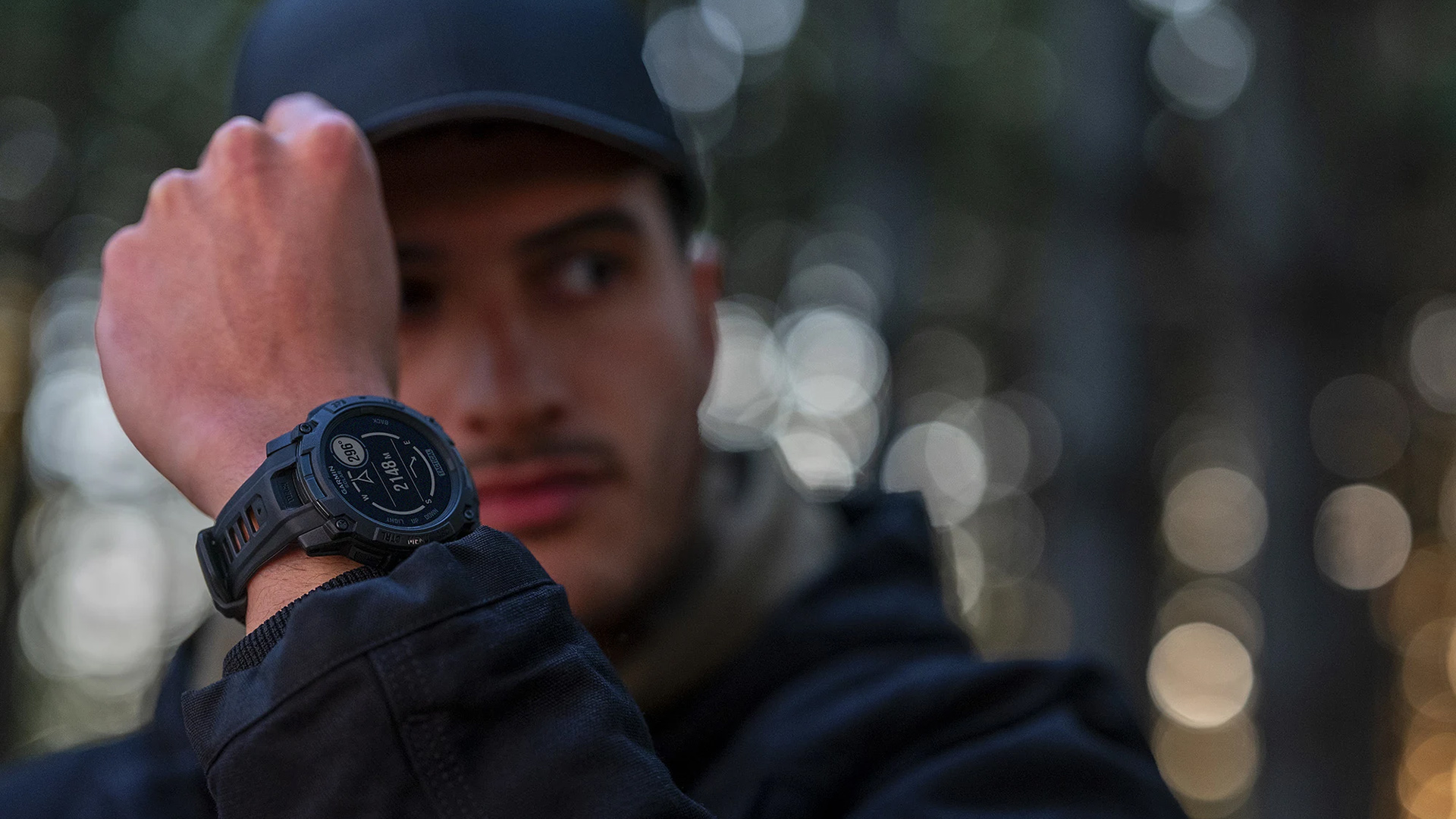
Garmin turned its affordable outdoor watch into an army-ready beast
The Instinct 3 Tactical Edition brings serious military-grade features to Garmin’s rough-and-ready smartwatch range
By Matt Kollat Published
-

5 top tricep exercises, according to an exercise scientist
Add muscle and mass to your arms to fill out those t-shirt sleeves with these five exercises
By Bryony Firth-Bernard Published
-

Adidas' $500 race shoe might just win your next marathon for you
The brand unveils the Adizero Adios Pro Evo 2, the second iteration of the precision-engineered, limited-edition weapon for elite road runners
By Matt Kollat Published
-
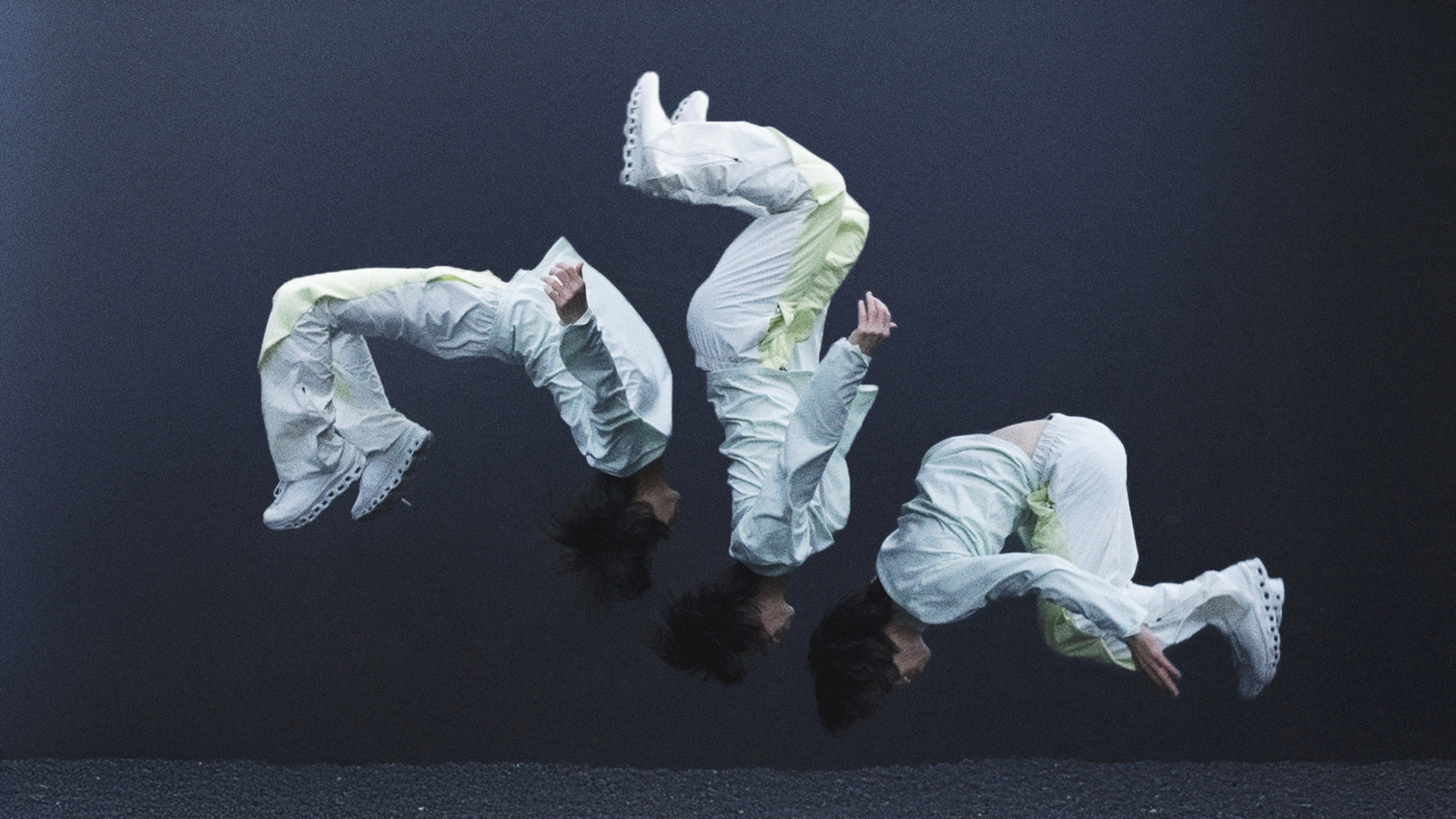
6 offbeat products from premium outdoor and fitness labels you didn't know existed
Who would have thought these products existed?
By Matt Kollat Published
-

Best adjustable dumbbell 2025 for big workouts in small home gyms
Pump iron and save space in your home gym with the best adjustable dumbbells
By Bryony Firth-Bernard Last updated
-

Best elliptical trainer 2025 for a joint-friendly full-body workout at home
The best elliptical trainers for limb-twitching, cardio-pumping workouts at home
By Bryony Firth-Bernard Last updated
-
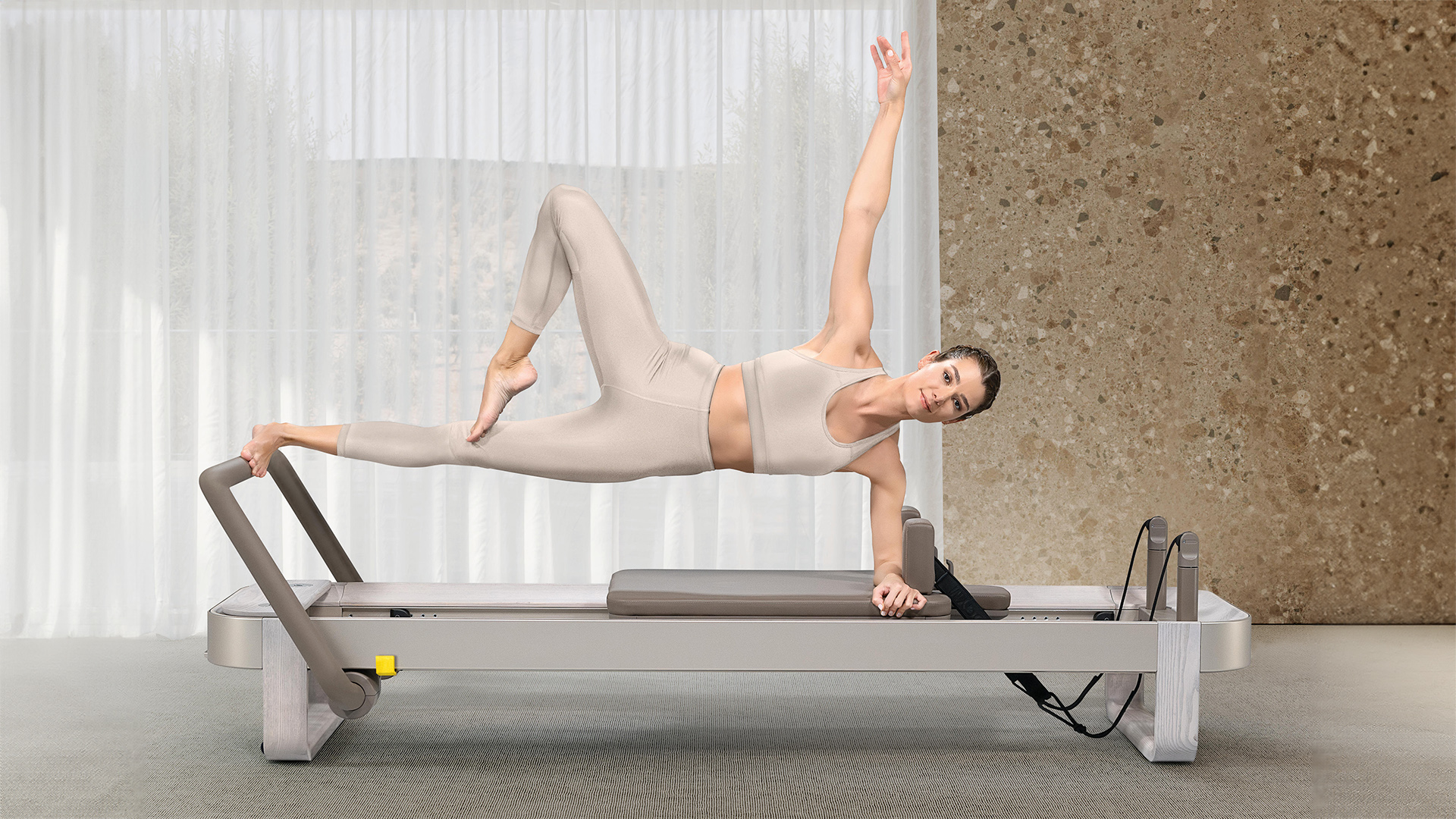
Technogym brings its signature touch of luxury to Pilates with latest home gym equipment launch
They've also introduced a new premium line of strength equipment and cardio kit
By Bryony Firth-Bernard Published
-

This bodyweight EMOM workout cranks up your metabolism and builds muscle endurance
20 minutes and a little grit is all you need
By Bryony Firth-Bernard Published
-

Garmin has switched on its new heart feature on certain smartwatches
The wearable brand rolls out ECG in the UK and Switzerland
By Matt Kollat Published
-
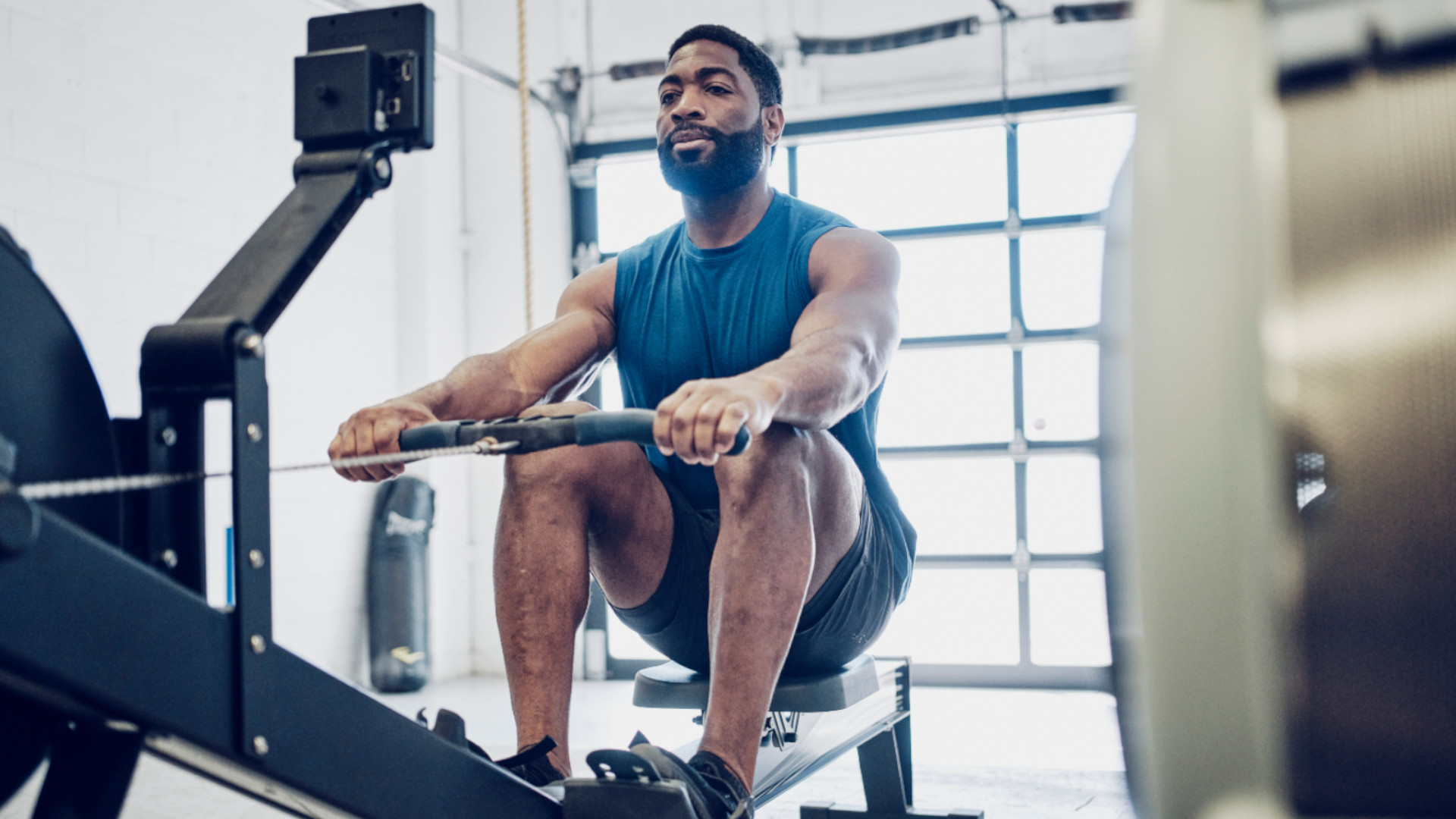
Best rowing machine 2025 for a full-body workout at home
The best rowing machines to buy today, from top brands including NordicTrack, WaterRower, Hydrow and more
By Bryony Firth-Bernard Last updated
-

Wahoo's monster treadmill is finally available in the UK (for an eye-watering price)
And there's a brand new feature alongside its innovative 'Run Free' mode
By Bryony Firth-Bernard Published
-

11 high-end outdoor jackets that prove performance gear can be pure luxury
Plus affordable alternatives, in case you can't stretch your budget to infinity
By Matt Kollat Published
-
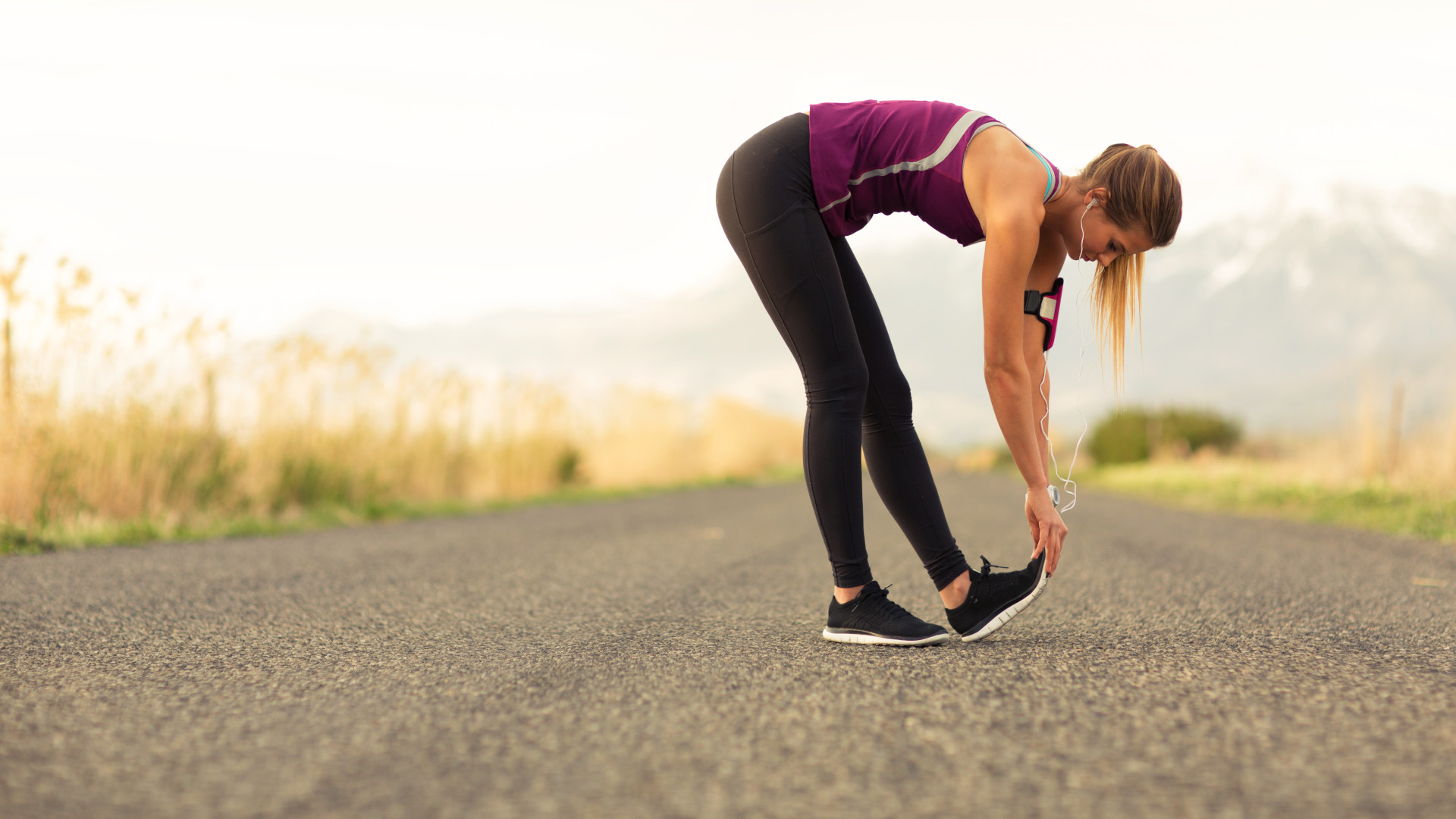
3 hamstring stretches every runner should be doing
If you’re a runner, these moves should be a given
By Lucy Miller Published
-
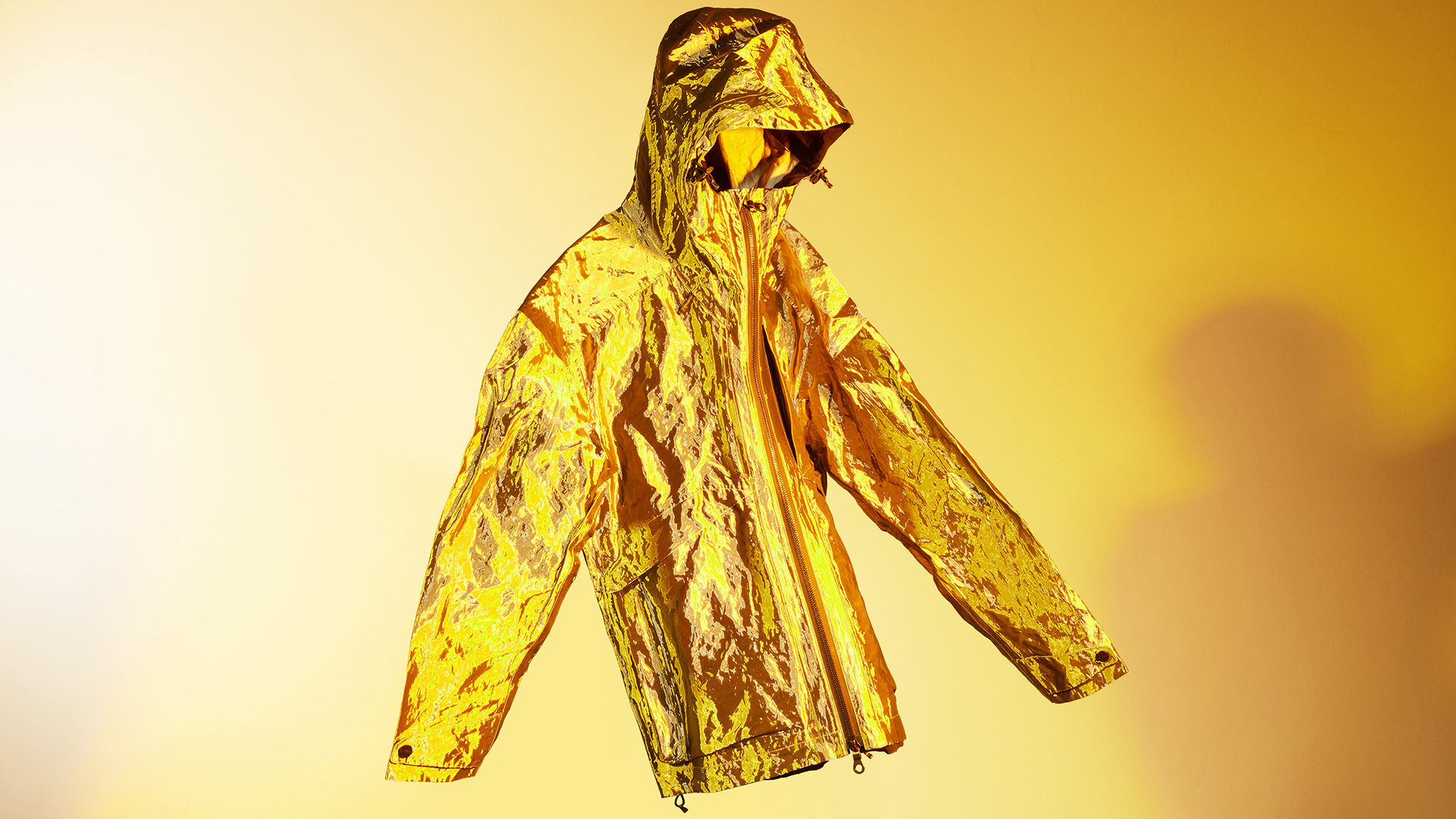
Vollebak's Full Metal Jacket Gold Edition is equal parts luxury, science fiction and bio-armour
The most luxurious survival jacket ever made? Possibly.
By Matt Kollat Published
-

Why the 5x5 protocol is a beginner's go-to for substantial strength gains
Get super strong and build muscle
By Bryony Firth-Bernard Published
-
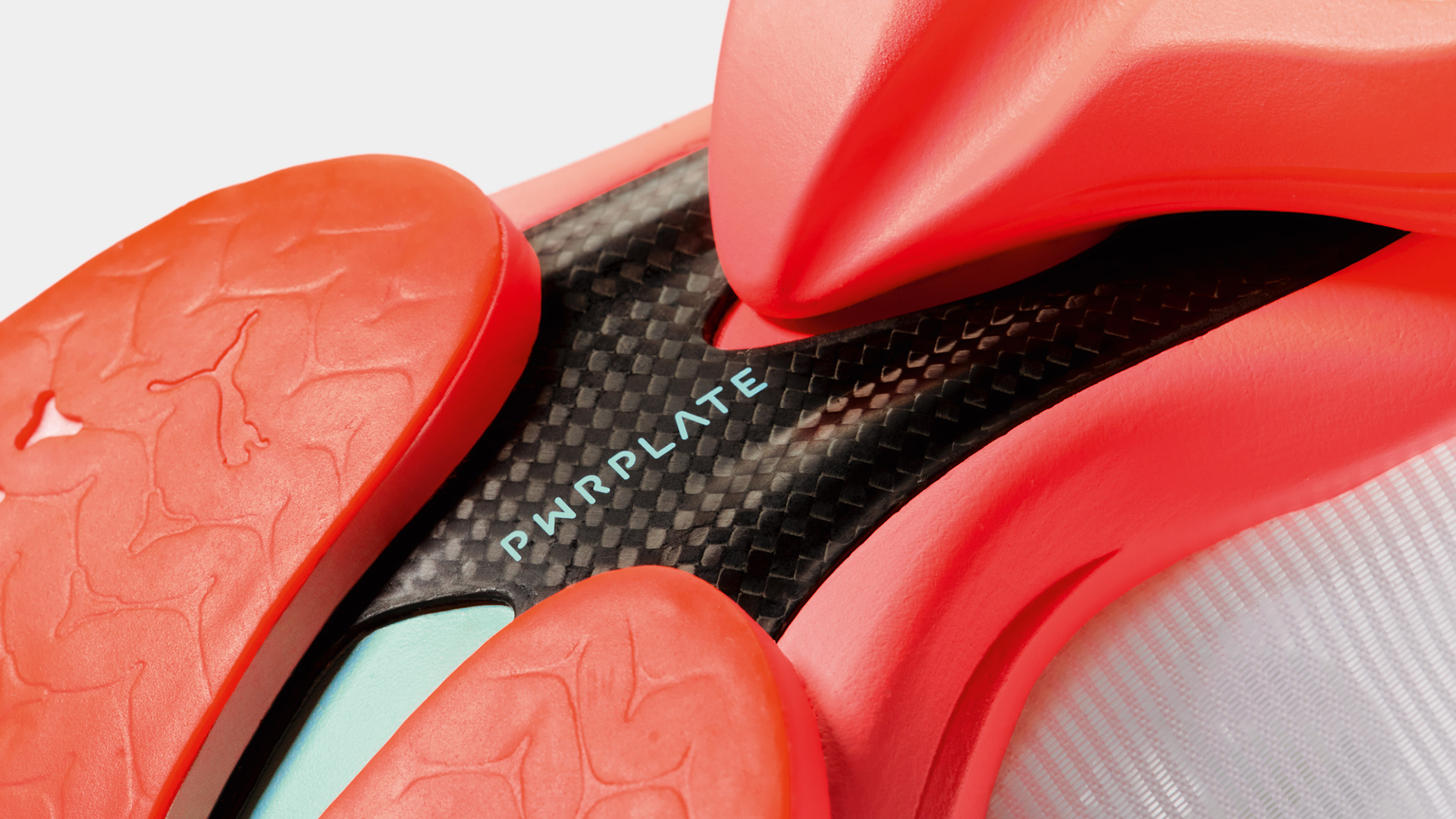
Puma’s radical new carbon racer claims to knock 4 minutes off your marathon PB
The Fast-R NITRO Elite 3 is the brand's lightest-ever super shoe, backed by SCIENCE
By Matt Kollat Published
-

7 best exercises to boost your grip strength for bigger gains
It can also help you live longer too
By Bryony Firth-Bernard Published
-

Under Armour's new sneaker doesn't play by the old rules
If this is the future of the brand, it's off to a running start
By Matt Kollat Published
-

YETI just made bowls cool – literally. And also figuratively.
New YETI design, same bear-proof energy
By Matt Kollat Published
-
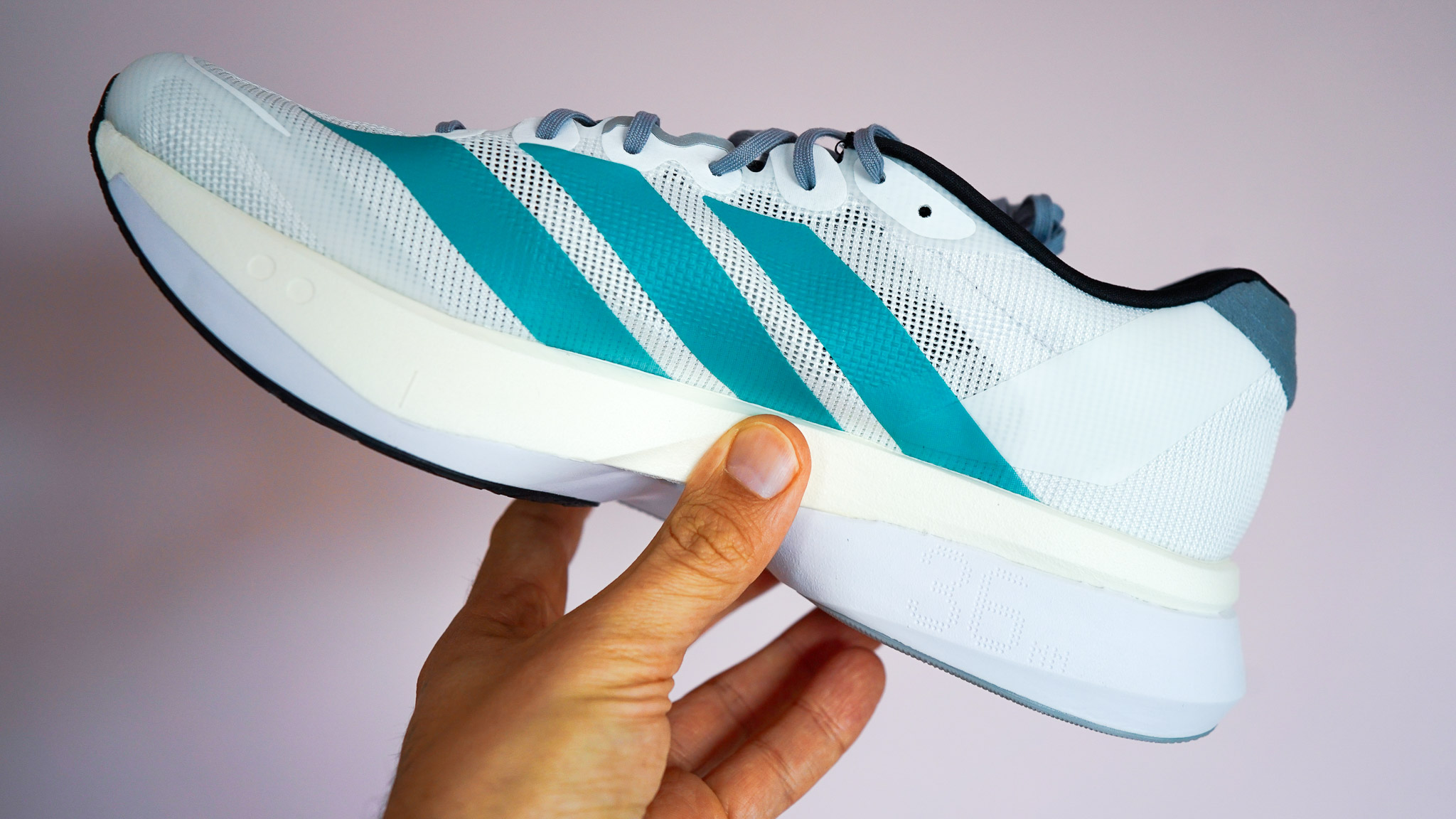
Adidas Adizero Boston 13 is softer, faster, and finally feels like a proper trainer
The brand quietly fixed everything runners didn’t love about the Boston 12
By Matt Kollat Published
-

Nike's wild recovery boots, which are like little spas for your feet, can finally be bought by anyone, not just athletes
The Nike x Hyperice Hyperboot is part footwear, part massage chair, and all kinds of wonderful
By Matt Kollat Published
-

Jake Dearden’s Hyrox training regime and 4000-calorie diet
Find out how the Hyrox champ trains weekly and fuels his sessions
By Bryony Firth-Bernard Published
-
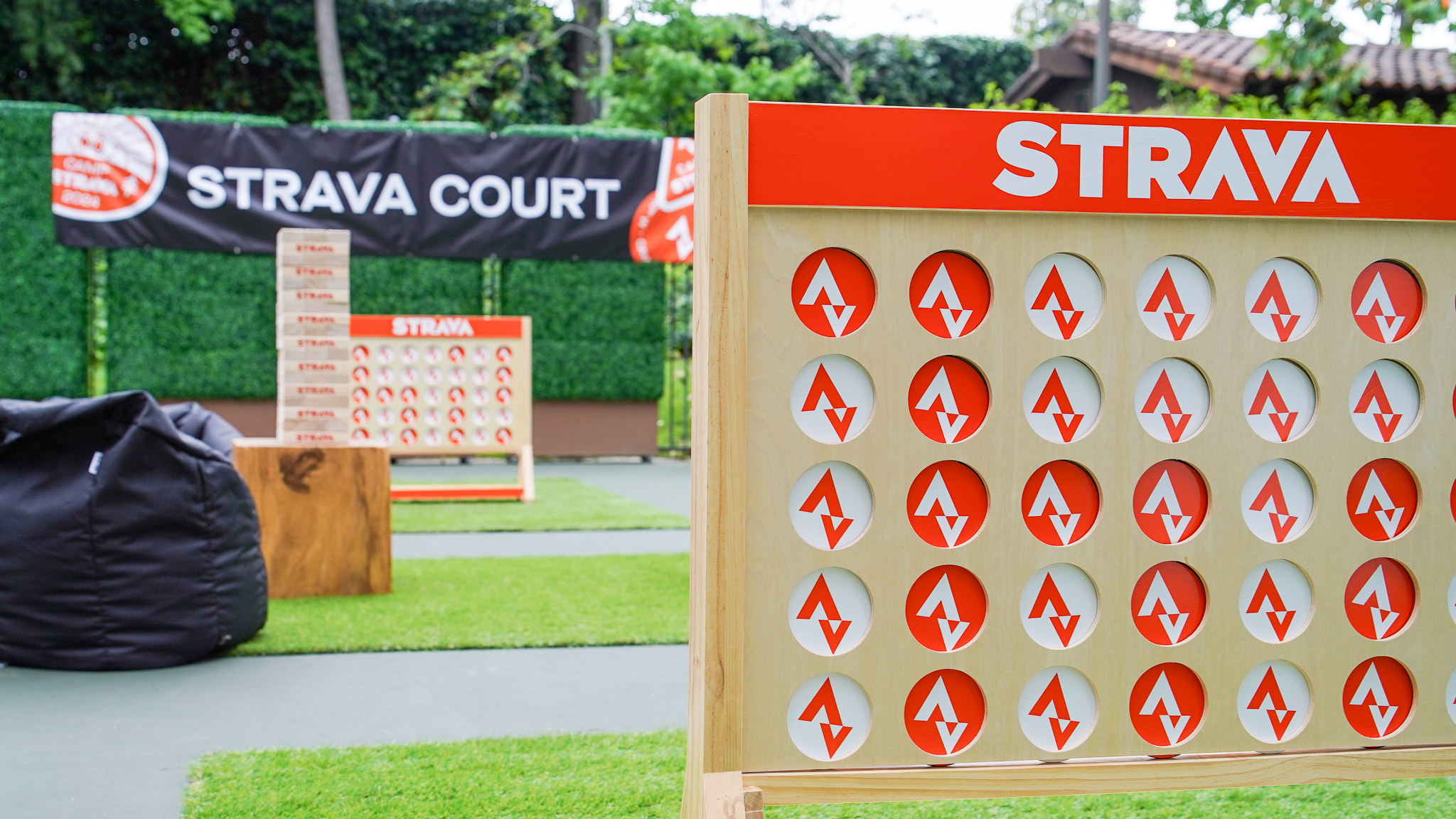
Strava just bought Runna and we got the inside story from both CEOs
No, Runna isn’t going anywhere – and no, your subscription won’t get more expensive (for now)
By Matt Kollat Published
-
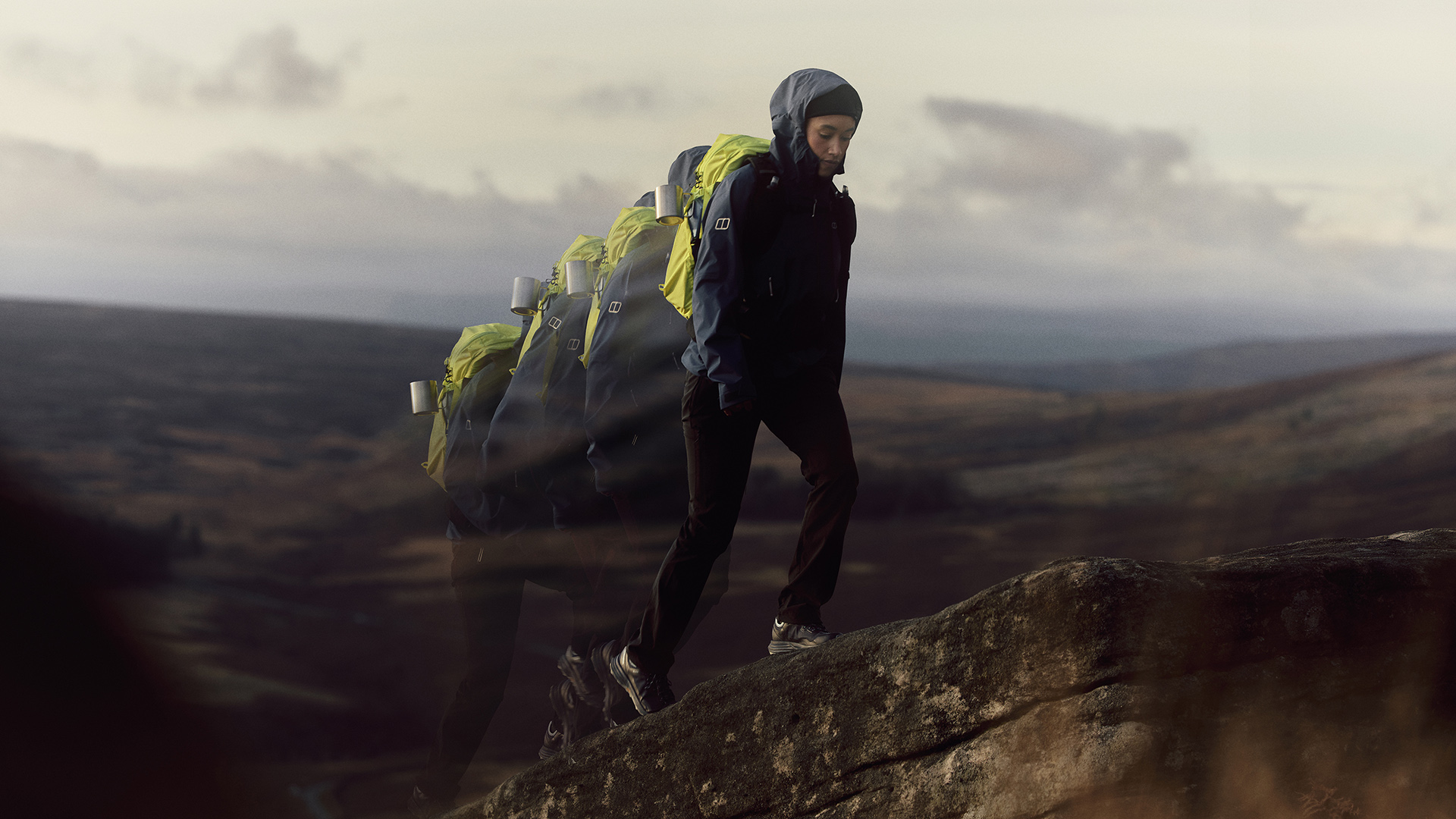
Berghaus wants to be your new favourite street-to-summit brand
The brand's latest Trail Collection brings the company up to speed with some of the most popular outdoor labels
By Matt Kollat Published
-

My favourite Fitbit is even more affordable, thanks to this exclusive Amazon offer
The Charge 6 is ideal for fitness enthusiasts on a budget
By Bryony Firth-Bernard Published
-

Three exercises to 'life-proof' your shoulders, according to a mobility expert
Healthy shoulders mean better movement, more strength and less injury
By Bryony Firth-Bernard Published
-
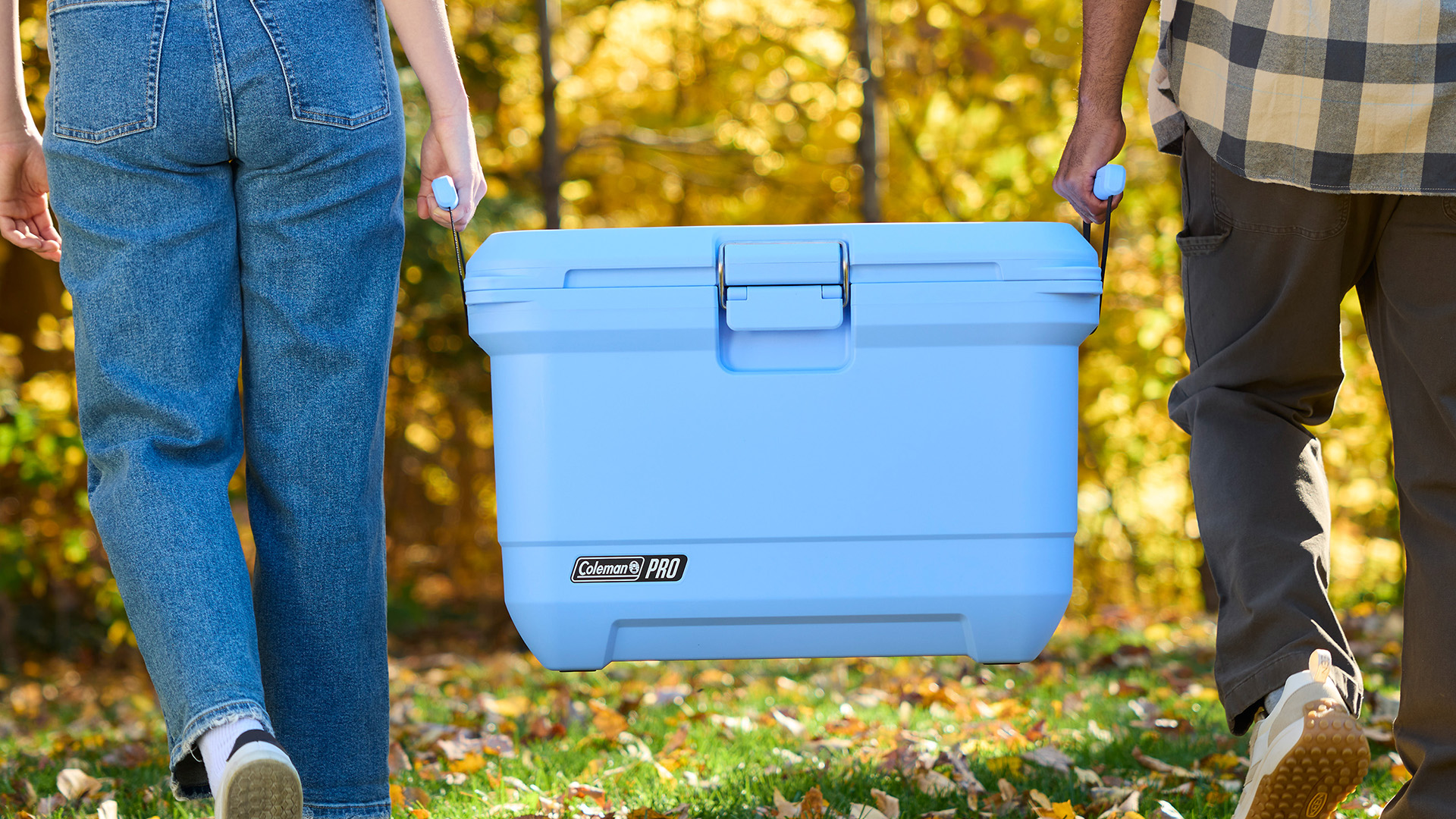
Coleman takes on YETI with lighter, tougher and cheaper Pro Cooler range
Move over, YETI – there’s a new cooler in town, and it's not here to play nice
By Matt Kollat Published
-
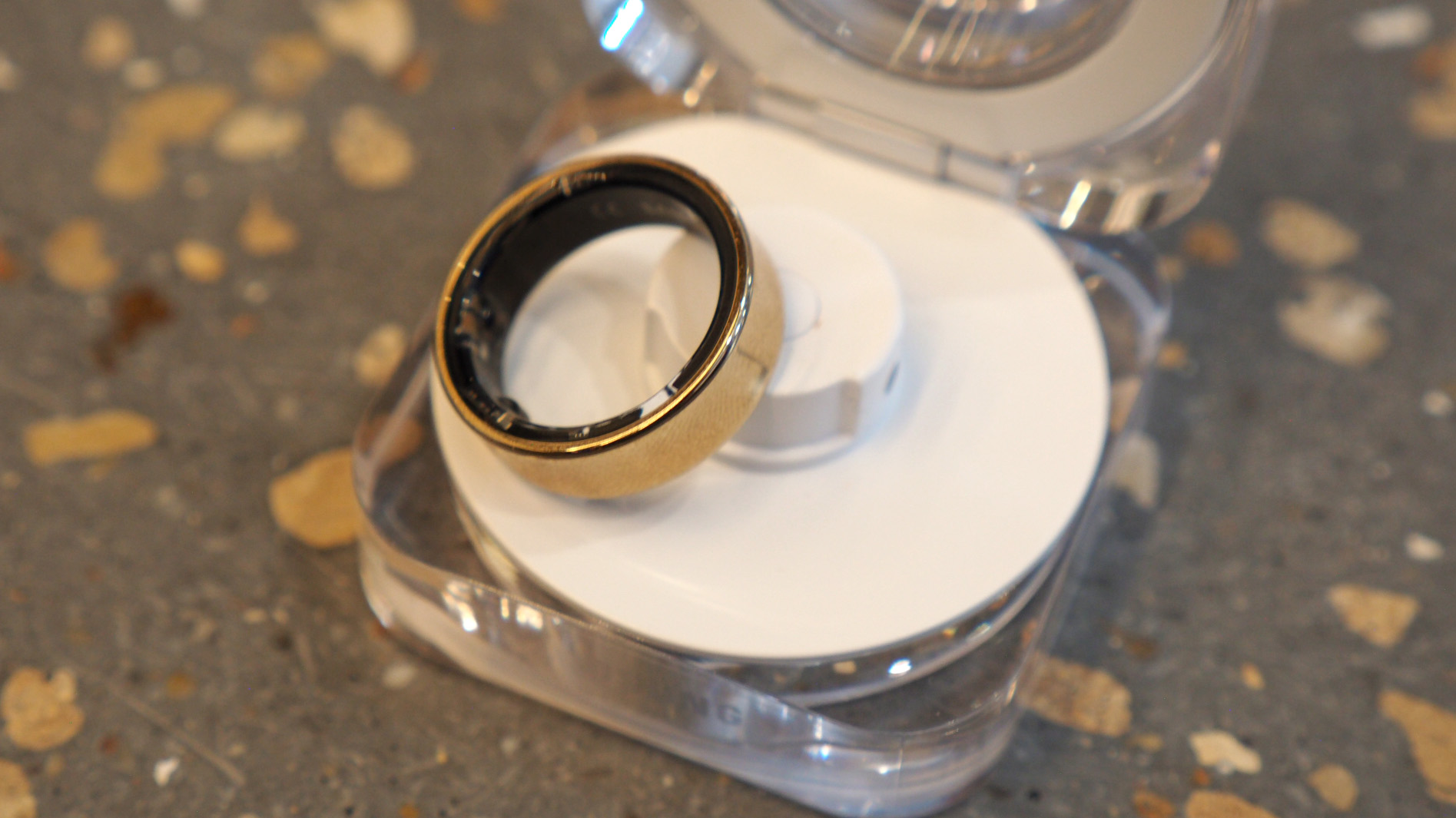
In the future, you might never have to take off your Galaxy Ring to charge it
A newly uncovered patent reveals Samsung is working on a wearable charger for its Galaxy Ring, and it makes a lot of sense
By Matt Kollat Published
